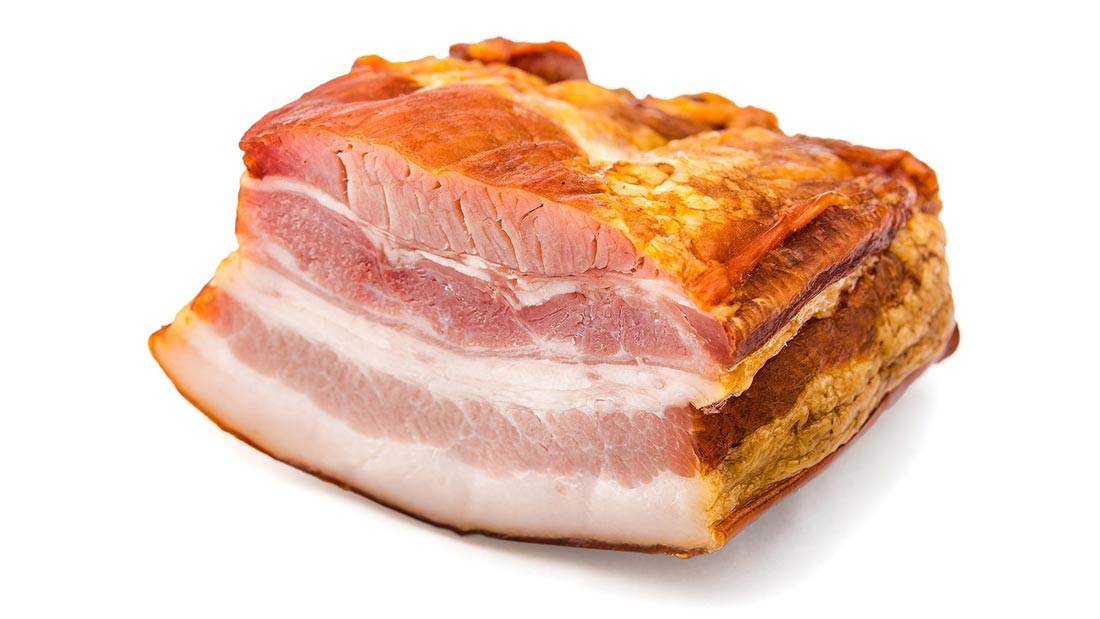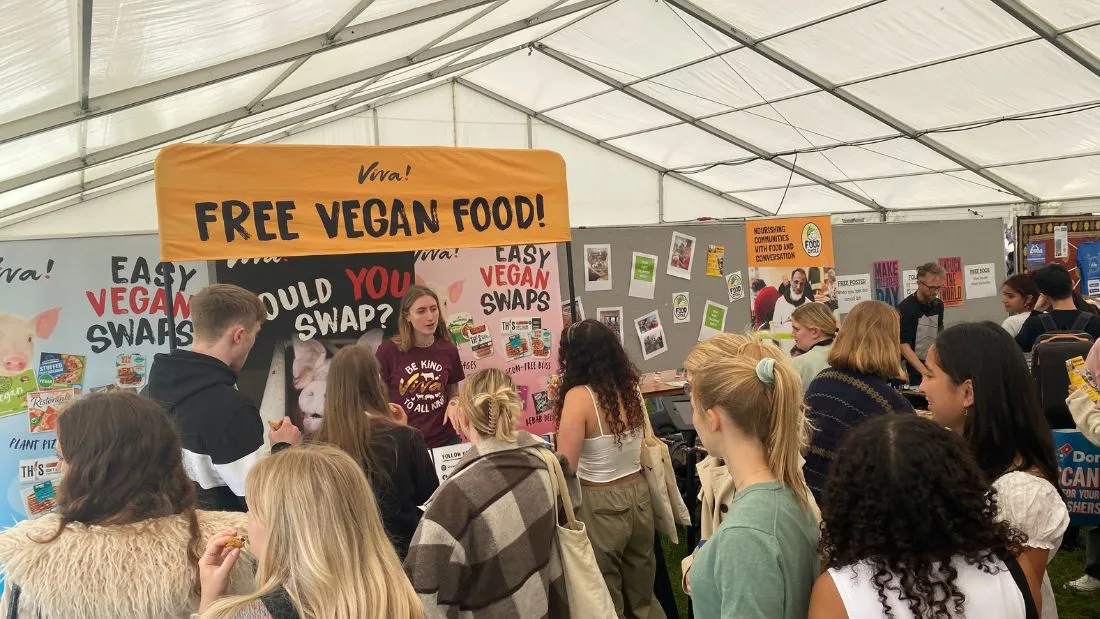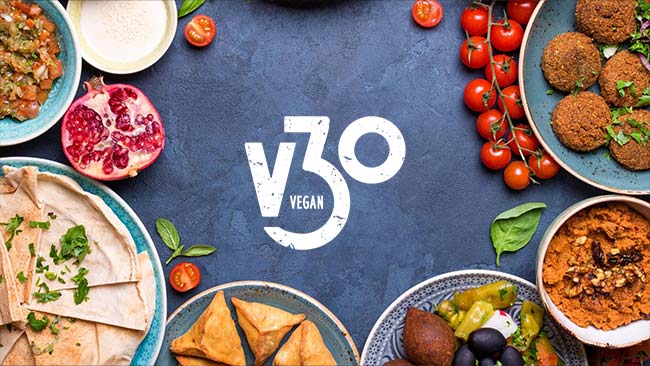Blood pressure, cholesterol, heart disease and stroke

The term heart disease is often used instead of cardiovascular disease (CVD) and describes a chronic disease of the heart and blood vessels.
The disease usually reduces blood flow to the heart, brain or body because of fat layers clogging the inside of your arteries, hardening and narrowing them (atherosclerosis). High cholesterol levels in your blood are the main problem, contributing building material for these fat layers, also called cholesterol plaques. Narrower arteries also mean higher blood pressure – that’s often the first sign that something’s wrong.
Heart attacks and strokes are mainly caused by blockages that cut off blood supply to the heart or the brain. A stroke can also be caused by a brain artery bursting. Read more about heart disease.
Cholesterol
A certain amount of cholesterol in the blood is essential for good health but your body makes all it needs. Beef, pork, poultry and lamb all contain high levels of fat, especially saturated fat and eating a lot of saturated fat raises cholesterol levels in the blood. If you eat these foods daily, you’re making your body produce much more cholesterol than it needs.
When a scientific team fed volunteers a diet high in red meat, then white meat and then no meat to compare the effects on cholesterol, their results were clear – both red and white meat increased their cholesterol levels but a meat-free diet did not (Bergeron et al., 2019). The study also tested the effect of additional saturated fat – they added high-fat dairy products and butter to the participants’ diet – and found that it increased cholesterol levels in all groups.
An analysis of studies focusing on the effect of swapping plant-based foods rich in protein for animal sources of protein found that the plant-based foods always had a cholesterol-lowering effect compared to animal products (Li et al., 2017).
A Cochrane Review, highly respected by scientists, analysed 48 studies including over 65,000 participants and found that reducing saturated animal fat intake reduced the risk of heart attack and stroke by 14 per cent (Hooper et al., 2012). That was just by reducing saturated fat – not cutting out meat and dairy. The results could have been even more impressive if that had happened!
Researchers from the Harvard School of Public Health studied the relationship between meat and the risk of heart disease and stroke. They examined 20 studies from 10 different countries and found a much higher risk among people consuming the most processed meat (Micha et al., 2010).
Processed meats such as sausages, salami and bacon have a higher content of saturated fats than red meat which is often consumed after removing visible fat. The amount of fat in sausages often reaches 50 per cent of the weight or even more (Rohrmann et al., 2013).
In Europe, the extensive EPIC study including almost half a million people revealed that people consuming more than 160 grams of processed meat daily have a 28 per cent increased risk of dying from heart disease compared to people eating hardly any (Rohrmann et al., 2013).
To lower your cholesterol levels and keep them down, it’s crucial to reduce your saturated fat intake – saturated fat is found mostly in meat, dairy, eggs, coconut and palm oil.
Vegans and people who eat predominantly wholefood plant-based diets have lower blood pressure and cholesterol levels than all other diet groups and a much lower risk of heart disease – 25-57 per cent (Bradbury et al., 2014; Le and Sabaté, 2014; Appleby and Key, 2016; Dinu et al., 2017; Benatar and Stewart, 2018; Kahleova et al., 2018; Korakas et al., 2018; Matsumoto et al., 2019).
Animal protein
In his large-scale China Study, Professor T. Colin Campbell found that high intakes of animal protein went hand-in-hand with heart disease (Campbell and Campbell, 2005). He discovered that animal protein contributed to higher cholesterol levels, while plant protein lowered cholesterol. Meat is the main source of animal protein.
In 2010, the Nurses’ Health Study reported on the relationship between main protein sources and heart disease in women (Bernstein et al., 2010). Higher intakes of red meat and whole-fat dairy products were associated with a higher risk of heart disease. The study found that replacing a serving of meat with one of nuts lowered the risk of heart disease by 30 per cent.
Two years later, the same research group looked at the risk of stroke in women from the Nurses’ Health Study and over 40,000 men from the US Health Professionals Follow-up Study (Bernstein et al., 2012). Results showed that replacing meat with other sources of protein lowered the risk of stroke – for example replacing a serving of meat with nuts lowered the risk by 17 per cent.
Another study found that with each daily serving of red meat the risk of death from heart disease increased by 18 per cent and with each daily serving of processed meat, it increased by 21 per cent (Pan et al., 2012). Again substituting other sources of protein lowered the risk. Of course, this is not just about protein but the total package of nutrients supplied, including hefty amounts of saturated fat in meat.
A large study of over 70,000 people looking at their animal and plant protein intake and heath found that those who ate the most plant protein and the least animal protein were 27 per cent less likely to die from heart disease in general, 28 per cent less likely to die from a heart attack and also 28 per cent less likely to die from stroke compared to people who ate the most animal protein (Budhathoki et al., 2019).
Iron
There are two types of iron in the foods we eat – haem iron in meat, poultry and seafood and non-haem iron in plants. Your body uses these forms differently – the absorption of haem iron from meat is unlimited, so you absorb it no matter what. That means high meat consumption can lead to iron overload. The main sources of haem iron are red meat, processed meat, chicken and seafood (Qi et al., 2007). On the other hand, your body only absorbs as much non-haem iron as it needs, so you cannot overload on plant iron.
Too much haem iron stimulates the formation of free radicals – dangerous molecules that can damage your DNA, blood vessel walls and increase the stickiness of cholesterol particles, making them more likely to form cholesterol plaques leading to atherosclerosis and heart disease (Niki, 2011; Muñoz-Bravo et al., 2013; Hunnicutt et al., 2014; Kobayashi et al., 2018).
In a study from the Netherlands, a high haem iron intake from meat was associated with a 65 per cent increase in heart disease risk (van der A et al., 2004).
What to eat?
The American Heart Association’s 2021 guidance on how to eat to protect your heart includes the advice to choose healthy sources of protein, such as pulses and nuts, while red and processed meat should be avoided (Lichtenstein et al., 2021). They explain that this advice is based on studies showing that red and processed meat increases the heart disease risk because it contains saturated fat, haem iron, promotes harmful gut bacteria and processed meat also contains an extra dose of toxins. Another important point they make is to avoid butter, lard, coconut and palm oil as these are all high in saturated fat. They encourage everyone to eat more fruit, vegetables, wholegrains and unprocessed foods, and to limit sugar, salt and alcohol.
A US-based study found that in men, each daily portion of unprocessed red meat increased the risk of cardiovascular disease by 11 per cent, while a portion of processed meat increased the risk by 15 per cent (Al-Shaar et al., 2020). The study also showed that swapping one portion of unprocessed red meat daily for plant-based protein sources, such as pulses, soya or nuts, cuts the risk by 13 per cent and replacing processed meat with these foods cuts the risk by 17 per cent.
Plant-based diets have an incredibly positive effect on our heart health because they contain much less saturated fat than animal-based diets, no cholesterol, plenty of fibre and many beneficial nutrients that help to make your blood vessels and heart healthier, and can reduce cholesterol plaques in your arteries.
Compared to meat-eaters, vegans have a 63 per cent lower risk of high blood pressure (Pettersen et al., 2012). If you already suffer from it, a healthy vegan diet can help you lower your blood pressure more effectively than other diets, including a vegetarian one (Lee et al., 2020).
Wholesome plant-based diets not only reduce the risk of heart disease and stroke, they also halt disease progression and may even reverse it (Esselstyn et al., 2014; Freeman et al., 2017; Kahleova et al., 2018; Chiu et al., 2020).
Cutting meat out of your diet is not just a healthy choice, it’s also an ethical and sustainable one. If you’re used to meals based around meat, the idea of going meat-free may be daunting but we’re here to help make it super easy! Try vegan!
Sign up to our daily emails for a week to receive mouth-watering meal plans, nutritional advice and health information.
If you want to try it for a month, sign up to 30 days of delicious vegan recipes, tips and product info… all free!
All about meat
Find all the above and more in Viva!’s hard-hitting scientific report Meat the Truth.






